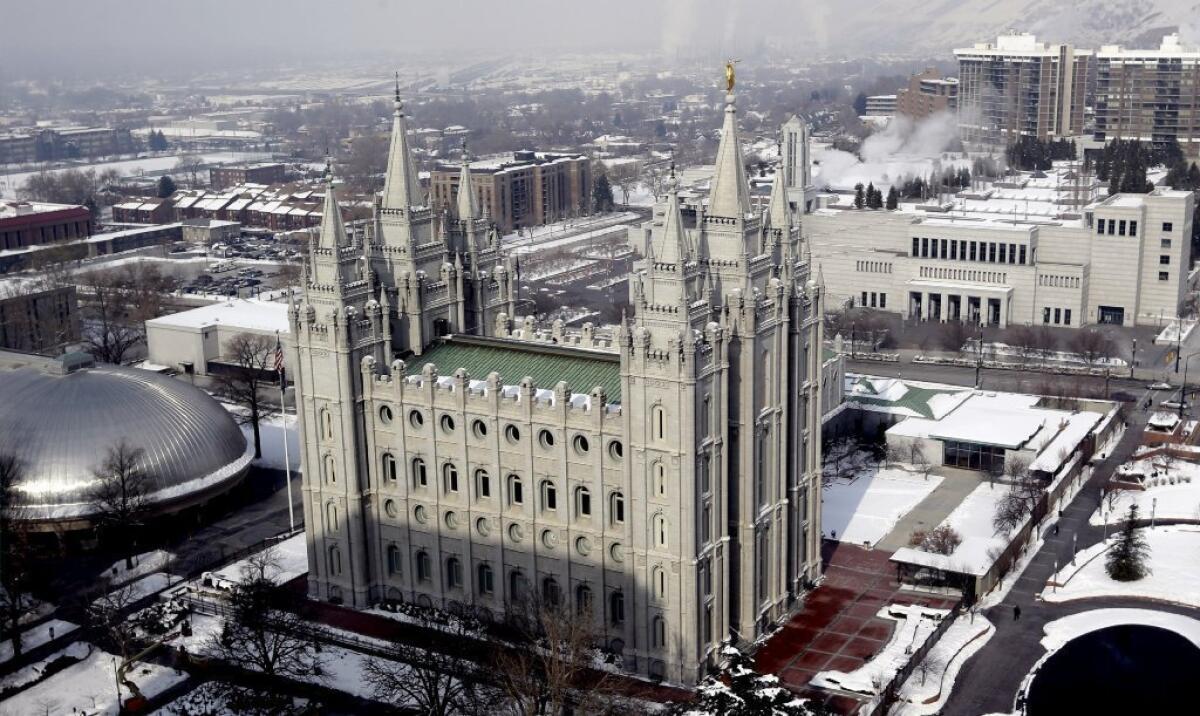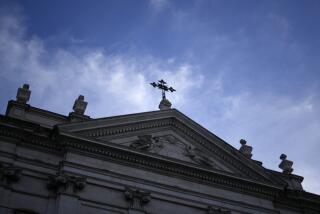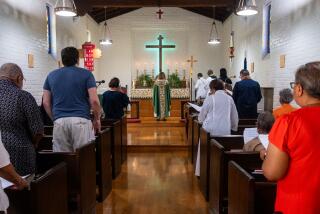Mormonism and the discussion of a woman’s place

The newer, smaller and more centrally organized a religion is, the less prone it is to reformed versions breaking away. It also helps if the religion’s followers form an insular group, to one extent or another, away from the tug of societal trends.
The Church of Jesus Christ of Latter-day Saints has typically had a very strong form of this identity. It’s a highly centralized organization, with a clear set of rituals and behaviors that are expected, with clear outcomes for those who follow suit -- and those who don’t.
Yet some things have been changing for the church. Perhaps that started in a big way with the exhortations of its former president, Gordon B. Hinckley, for church members to become less insular, to go out into the world more. Other things changed after the Mormon push to pass Proposition 8 led to a backlash that left many Mormons feeling stung; since then, the church has taken a noticeably kinder tone toward gay rights, though not to same-sex marriage.
But the more that a religion’s followers interact with the bigger world in meaningful ways, the more likely they are to want to find a place in that bigger world. This happened to Judaism -- many times, but perhaps most notably during the Enlightenment that began in the 18th century. With the larger society removing many of the restrictions on Jews, Jews in turn yearned to become a part of that larger society. Many traditional practices, though -- required items of clothing, or inability to engage in commerce on Saturdays -- stood in the way. It was at this time that the Reform movement of Judaism was born, with rhythms that fell more into line with the larger culture.
So it should come as no surprise, as Mormons assimilate somewhat more, that there has been a renewed push for Mormon women to be able to gain the priesthood, which would allow them, for example, to confer blessings. (Mormonism is a lay-led religion, so a priest is not a clergyman as in the Roman Catholic Church.) It was seen as a major step forward when a woman was chosen, for the first time in 183 years, to lead the closing prayer at the semiannual conference of the Mormon Church over the weekend.
A step toward one thing, though, is generally a step away from something else. Although members of the Church of Jesus Christ of Latter-day Saints might hold to orthodox practices while people of many other religions have relaxed their observance, this is still an issue that all religions ponder: If they don’t change at all, they risk losing members as well as the friendly eye of the larger society in which they hope to fit. If they change substantially, they risk losing their identity.
ALSO:
Keystone XL: The pipeline to disaster
Target’s ‘manatee gray’ and the hunt for insults
More to Read
A cure for the common opinion
Get thought-provoking perspectives with our weekly newsletter.
You may occasionally receive promotional content from the Los Angeles Times.







